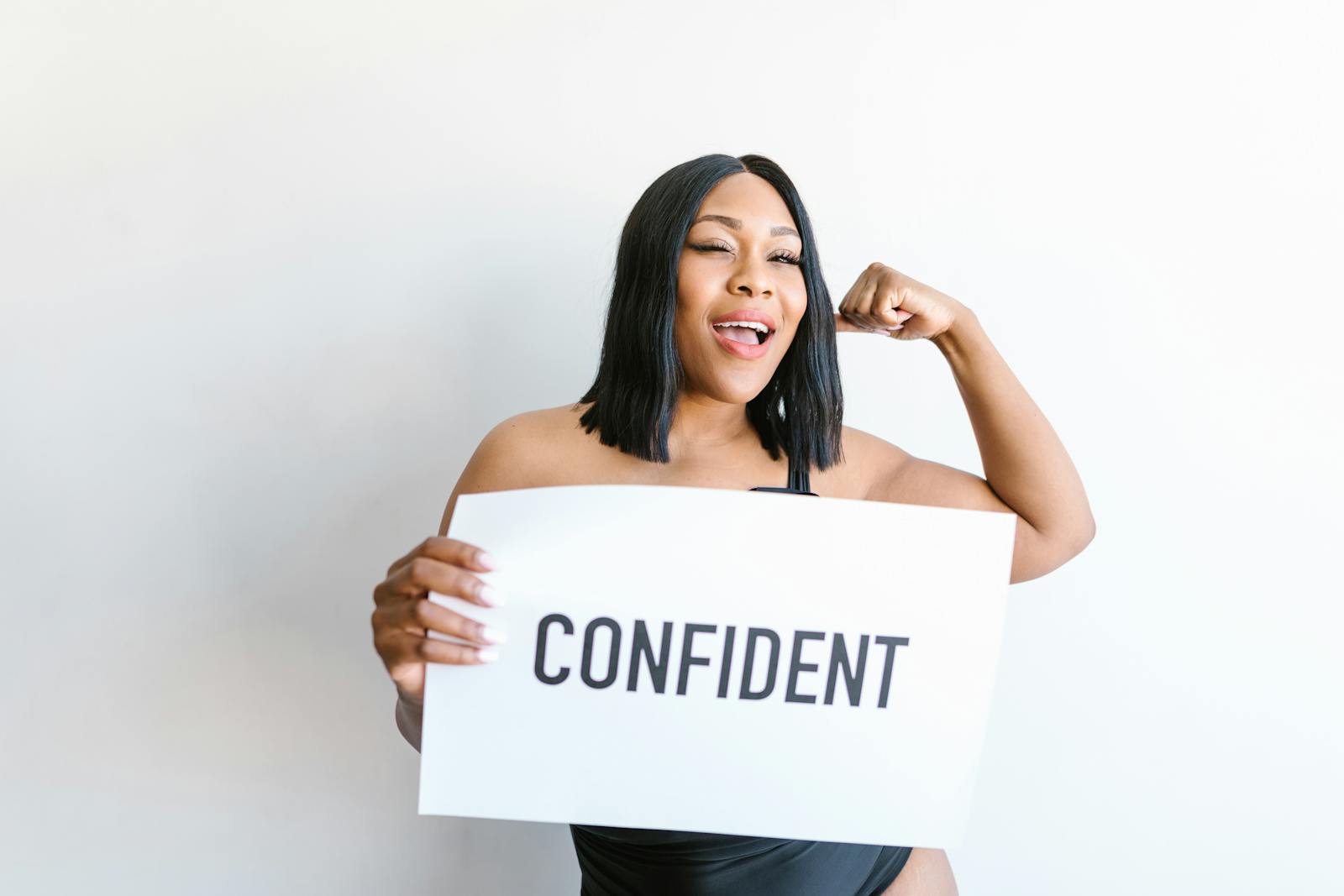Physical appearance and self-esteem are intertwined in ways that often shape our daily experiences, relationships, and even our life aspirations. In a world filled with media influences and societal expectations, understanding this connection is key to fostering a healthier relationship with ourselves. This article delves deep into how we perceive our appearance, the science behind its impact, and strategies for cultivating lasting self-worth that transcends the mirror.
The Concept of Self-Esteem
Self-esteem refers to how we value ourselves. It’s shaped from early life experiences, family dynamics, cultural messages, peer interactions, and internal beliefs. Healthy self-esteem offers resilience against life’s challenges, while low self-esteem can result in insecurity and anxiety.
Key Components of Self-Esteem
- Self-image: How we see ourselves, including body image and personality traits.
- Self-worth: The belief in our inherent value, regardless of external factors.
- Self-confidence: Trust in our abilities to navigate aspects of life.
The Influence of Physical Appearance on Self-Esteem
Physical appearance is often the first aspect people notice and comment on, making it a central piece of self-identity for many. Our culture’s focus on aesthetics can amplify body dissatisfaction, even among confidently grounded individuals.
Media and Cultural Standards
Media representations dictate and reinforce ideals of beauty, often narrowing the definition to criteria that are impossible for most. Social media, advertising, film, and television magnify these standards with digitally altered images and curated content that promote unattainable perfection.
Research consistently shows that exposure to such imagery can:
- Increase body dissatisfaction
- Heighten appearance-based comparison
- Lower self-worth and mood
Social Comparisons and Peer Pressure
Humans naturally compare themselves to others as a means of self-evaluation. However, frequent unfavorable comparisons — whether about weight, skin, height, or facial features — can deeply corrode self-esteem. Peer comments, teasing, or exclusion can reinforce negative beliefs about one’s appearance, particularly in adolescents and young adults.
Identity Formation and Physical Appearance
During formative years, we develop a sense of identity that is heavily influenced by feedback about our looks. Those who receive validation often internalize positive beliefs, while those who encounter criticism or ridicule may develop persistent insecurities that follow them into adulthood.
The Psychological Impact of Appearance Concerns
Concerns about appearance impact psychological well-being in several interconnected ways:
- Body dissatisfaction: Chronic unhappiness with one’s body or specific features.
- Social anxiety: Fear of judgment or rejection based on how one looks.
- Perfectionism: Unrealistically high standards of beauty and harsh self-criticism when not met.
- Disordered eating: Attempts to control appearance that can spiral into unhealthy behaviors.
- Depression and low mood: Persistent negative self-appraisals based on appearance.
The Role of Body Image
Body image—the mental picture we form of our physical selves—serves as a critical determinant of our emotional well-being. How satisfied we are with our appearance influences our confidence and willingness to engage socially and professionally.
Negative body image doesn’t discriminate; it affects people of all ages, genders, abilities, and backgrounds. Its psychological ramifications can be severe, sometimes evolving into conditions like body dysmorphic disorder, which requires clinical attention.
When Appearance and Self-Esteem Are Disconnected
While physical appearance powerfully shapes self-esteem, the relationship isn’t always linear. Some individuals with visible differences or who don’t fit societal ideals maintain high self-esteem, while others who meet beauty standards may struggle with low self-worth. This phenomenon underscores the influence of internal beliefs, support systems, and personal values.
Protective Factors
- Strong social networks: Supportive friends and family bolster resilience against appearance-based criticism.
- Achievement and skills: A sense of competence in academics, sports, art, or work enhances self-regard beyond looks.
- Positive role models: Mentors and influencers who champion diversity and authenticity inspire greater self-acceptance.
Building Self-Esteem Beyond Physical Appearance
Anchoring self-esteem solely to appearance is a fragile endeavor. True, lasting confidence comes from shifting focus to broader domains of self-worth. Here’s how you can start reframing your relationship with your body and yourself:
1. Develop Body Neutrality or Body Appreciation
Instead of forcing yourself to love every aspect of your appearance, body neutrality encourages you to accept and respect your body for what it does, not just how it looks. Body appreciation goes a step further, actively valuing your body for its functions, strength, and uniqueness.
2. Challenge Negative Beliefs and Comparisons
Notice when you engage in detrimental self-talk or compare yourself to others, and gently redirect those thoughts. Consider:
- Asking whether these standards are realistic or fair
- Focusing on what your body allows you to do rather than how it appears
- Limiting exposure to sources that trigger unhealthy comparisons (e.g., certain social media accounts)
3. Cultivate Inner Qualities and Talents
Expand your sense of identity by nurturing attributes unrelated to your appearance:
- Personal values and ethics
- Skills and creative pursuits
- Kindness and empathy
- Relationships and community service
4. Surround Yourself With Supportive Influences
Seek relationships and communities that champion authenticity. Meaningful bonds with people who appreciate you as a whole person can buffer against appearance-based criticism and reinforce a sense of belonging.
Physical Appearance and Self-Esteem in Different Life Stages
The relationship between appearance and self-esteem shifts across the lifespan, often reflecting broader changes in priorities and self-concept.
Children and Adolescents
Early messages from family and peers about weight, skin color, abilities, and attractiveness can have a long-lasting impact. Adolescence is a particularly sensitive period, as developing bodies and heightened self-awareness make teens susceptible to body image concerns. Schools and families can support healthy development by:
- Modeling body respect and diversity
- Discouraging appearance-based teasing
- Highlighting inner strengths
Adulthood
In adulthood, appearance-related pressures may shift toward fitness, aging, or conforming to professional and cultural expectations. Many adults grapple with self-criticism as their bodies change over time. Embracing the normalcy of these shifts — and focusing on overall well-being — can promote greater acceptance and self-worth.
Older Adults
Aging can bring its own appearance insecurities, especially in societies that idolize youth. However, research indicates that with age comes an opportunity for improved body acceptance and recalibration of priorities toward values, experiences, and legacy.
Social Movements and Body Positivity
Movements like body positivity and body inclusivity have gained momentum, challenging rigid beauty standards and advocating for the acceptance of all bodies. These movements encourage individuals to:
- Reject stigmatizing messages about weight, ability, or features
- Celebrate diversity and authenticity
- Demand media representation that is reflective of real people
- Build self-esteem from sources that are meaningful and intrinsic
When to Seek Support
While everyone has days of appearance-related doubt, persistent feelings of inadequacy, shame, or self-criticism are signals to seek help. Professional support may be beneficial if you experience:
- Intense preoccupation with flaws others barely notice
- Social withdrawal or isolation stemming from appearance concerns
- Disrupted eating, sleeping, or self-care habits
- Anxiety, depression, or body dysmorphia symptoms
Therapists can help address the roots of low self-esteem, provide coping skills, and foster a more compassionate relationship with oneself. Support groups, both online and in the community, offer connection and encouragement for those on similar journeys.
Actionable Steps to Boost Self-Esteem Regardless of Appearance
Improving self-esteem is a journey that involves intentional mindset shifts and habits. Here are some evidence-based strategies:
- Practice self-compassion. Treat yourself with kindness and patience, as you would a friend.
- Question media messages. Remind yourself that most images are filtered, edited, or staged — not a reality worth comparing to.
- Set meaningful goals. Pursue aspirations unrelated to appearance, such as learning, volunteering, or creating.
- Engage in joyful movement. Exercise for fun or well-being instead of punishment or changing shape. Dancing, walking, or yoga can be self-affirming.
- Limit negative self-talk. Write down critical thoughts and replace them with realistic, compassionate alternatives.
- Connect with supportive others. Share your experiences and struggles with trusted people who uplift you.
- Appreciate your uniqueness. Write a list of strengths that aren’t body-related and reflect on them when you feel low.
Conclusion: Embrace the Bigger Picture
Physical appearance is a significant — but not singular — influence on self-esteem. By recognizing the pressures around beauty, challenging negative patterns, and intentionally broadening self-worth to include other qualities, we can cultivate confidence that endures through life’s changes. True self-esteem is built on a foundation of respect for your full self — body, mind, capabilities, and heart.
If you’re struggling, remember you are not alone. Seeking support, connecting with others, and embracing your authentic self are powerful steps toward lasting self-esteem and happiness.





